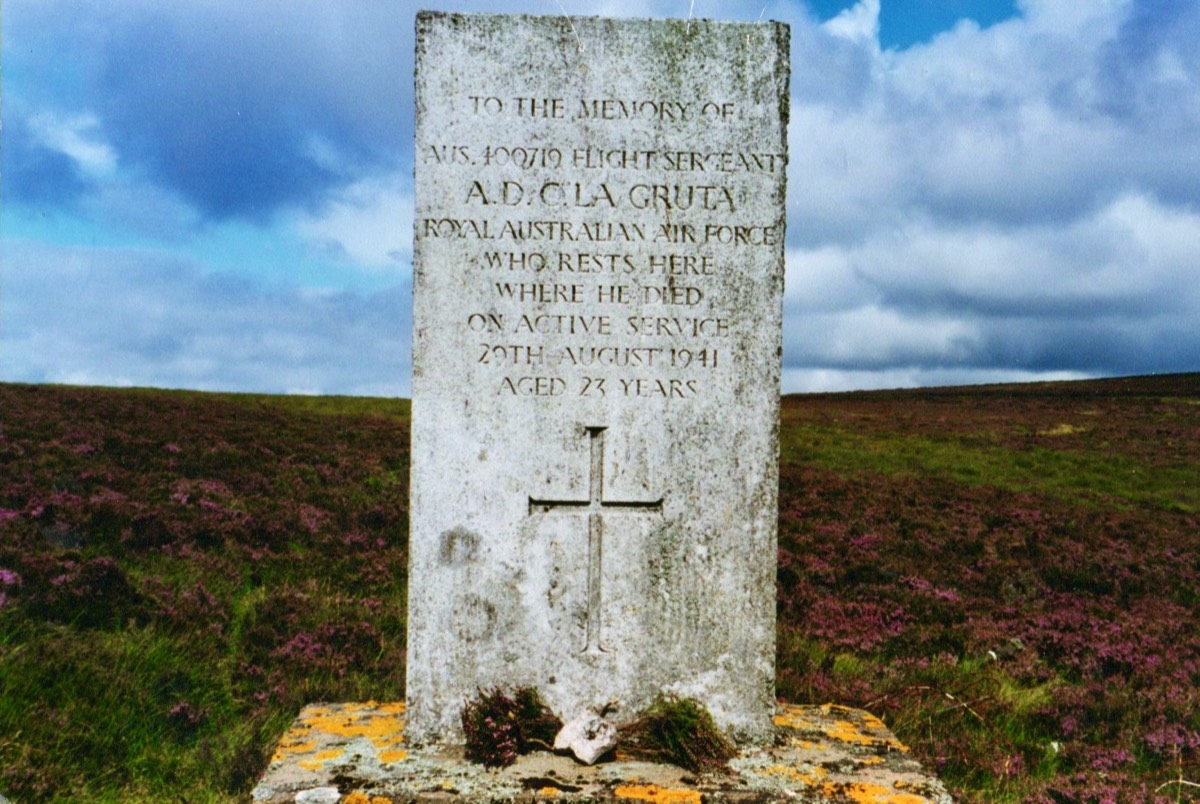Flt. Sergeant Anthony Dominica Cyril La Gruta, Royal Austalian Air Force

Flt. Sgt Anthony La Gruta
400719
Anthony La Gruta (known as Tony by his family) was born on the fifteenth of July, 1918, in Melbourne, Australia. He lived with his parents, Anthony and Veronica La Gruta in St Kilda East, Port Phillip, Victoria, and attended St Patrick's College, Ballarat, in the same city. St Patrick's College was founded in 1893 as a Roman Catholic day and boarding school with thirty-four pupils. It now has 1,430. When Tony attended in the 1930s one can assume that numbers were still fairly small and the school would have exercised a fairly intimate and powerful influence upon its pupils.
Like many schools of its time, St Patrick's had a proud military tradition. After all, nearly 300 of its pupils had served in the Forces during World War One and forty-nine had sadly paid the ultimate price. When the Second World War began loyalty to the Old Country was still very strong and Tony joined the army to serve for eighteen months with the Royal Melbourne Regiment. The urge to fly was strong, however, and he transferred to the RAAF and gained his Wings on the 23rd of May, 1941, having trained on Tiger Moths at 5 Elementary Flying Training School, Narrowmine, New South Wales. At the time of his death, he would appear to have amassed 156 hours flying time (seventy hours dual and eighty-six solo). He had, however, only spent four hours on solo instrument training in addition to time spent on the Links Trainer.
On the 22nd of February, 1941, he embarked at Sydney and left his homeland to continue his training in the UK.
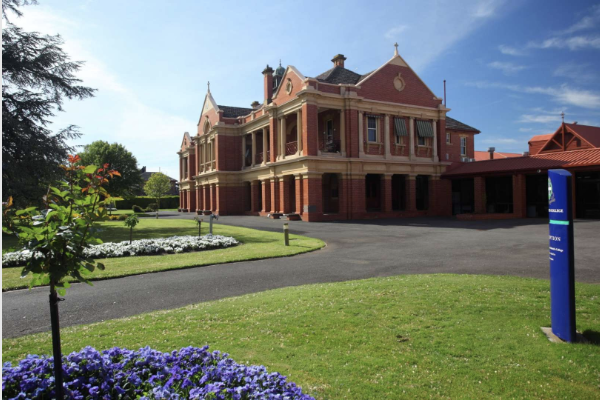
St Patrick's School, Ballarat, Victoria, Australia
(Courtesy of the school)
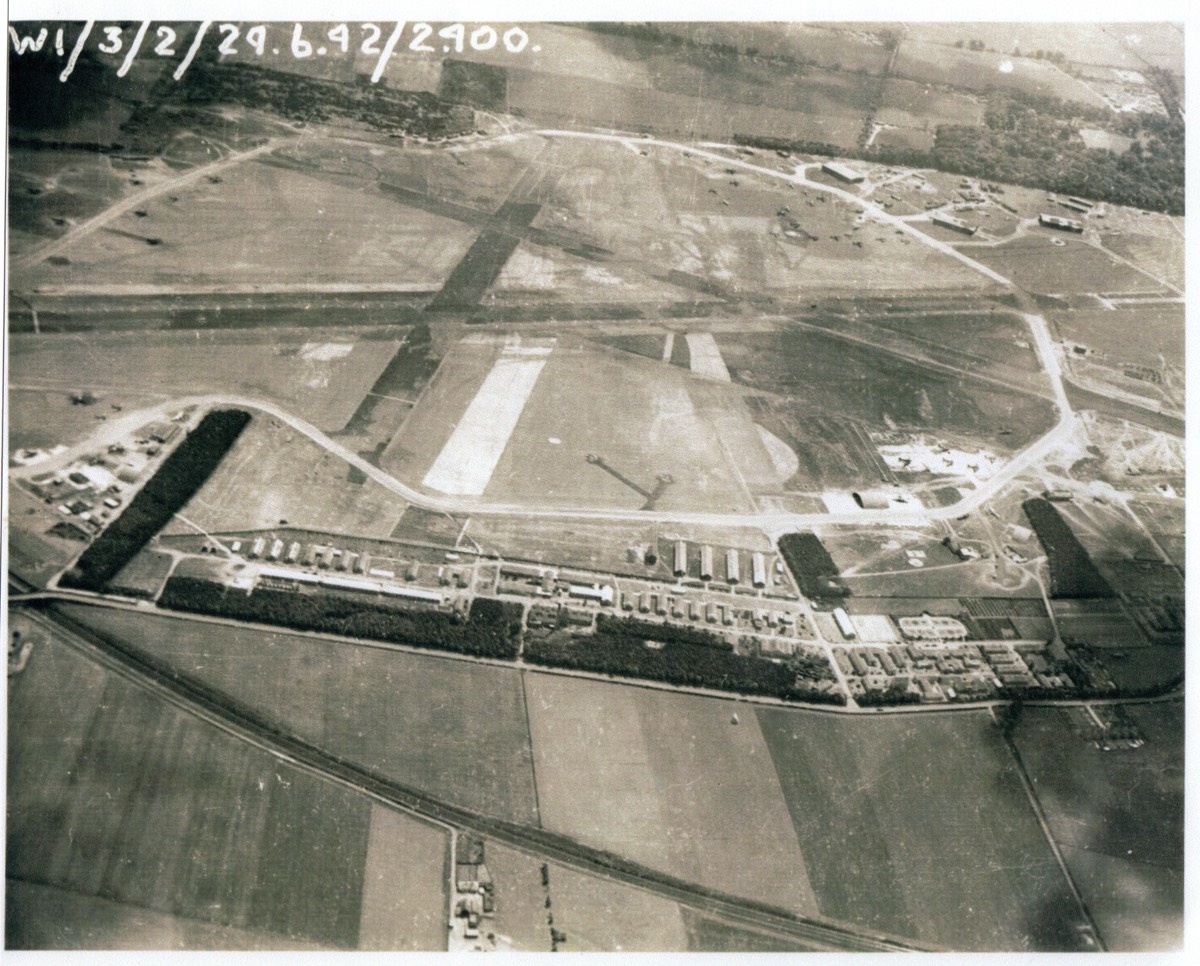
East Fortune airfield during the war,
East Lothian, Scotland

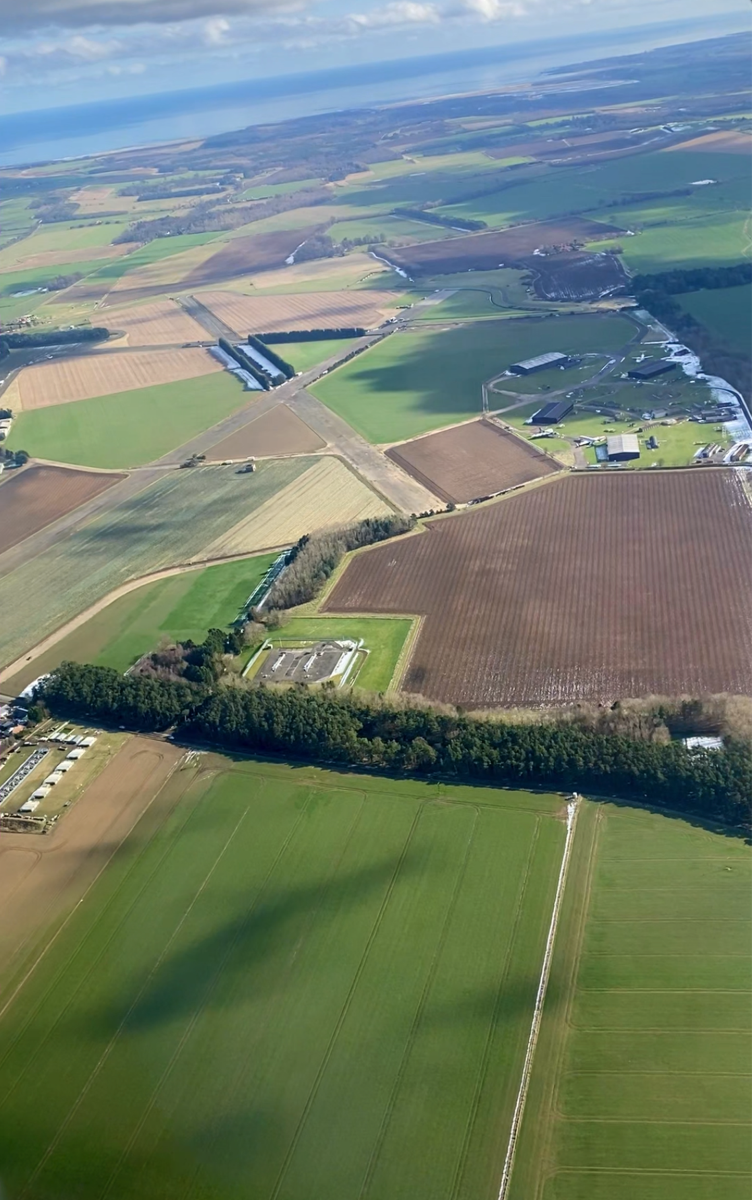
Two photographs of East Fortune airfield today. They're taken from a video so the two don't quite match but together they give an idea of what the airfield, now home to Scotland's Museum of Flight, looks like. ©️ D. Haire
After his long journey by sea, Tony arrived at East Fortune airfield in East Lothian and joined No. 60 Operational Training Unit. This unit was the destination for many of those who had volunteered from Australia, New Zealand, Canada and from Eastern Europe, for example, from Poland. Unlike the airfields at Drem or Macmerry, East Fortune was provided with tarmac runways, the longest being 1,563 metres (1,710 yards). The accommodation for over 2,200 personnel made East Fortune a significant training airfield.
No. 60 Operational Training Unit had moved here from Leconfield by June, 1941, and set about the business of training night fighter crews using a motley collection of Bristol Blenheim's, Miles Masters, Miles Magisters and Boulton Paul Defiants. Such was the demand for any aircraft, certainly for front-line examples, that those at East Fortune were, to say the least, already well used and accidents and breakdowns were common.
A major problem, from what we might now term a "Health and Safety " viewpoint, was that the pilots had to be trained on dual-control aircraft but, when the time came to fly single-seat aircraft such as the Defiant, the comparatively inexperienced trainee pilots had to fly on their own. Dual-control trainer Defiants simply didn't exist. Inexperience on type and/or aircraft serviceability therefore became common recurring themes in crashes. According to Martin Chorlton in his book "Scottish airfields in the Second World War: Vol 1. The Lothians", page 60: 'On average, during 1941, every course of twenty to twenty-five pupils which passed through 60 OTU lost three of their number in fatal accidents.'
60 OTU's first fatal accident (there had already been many non-fatal ones), took place on the 15th August, 1941, when Sgt Gerald Westoby lost his life in a Defiant crash near Drem due to engine failure. Tony La Gruta was to lose his life a mere two days later.
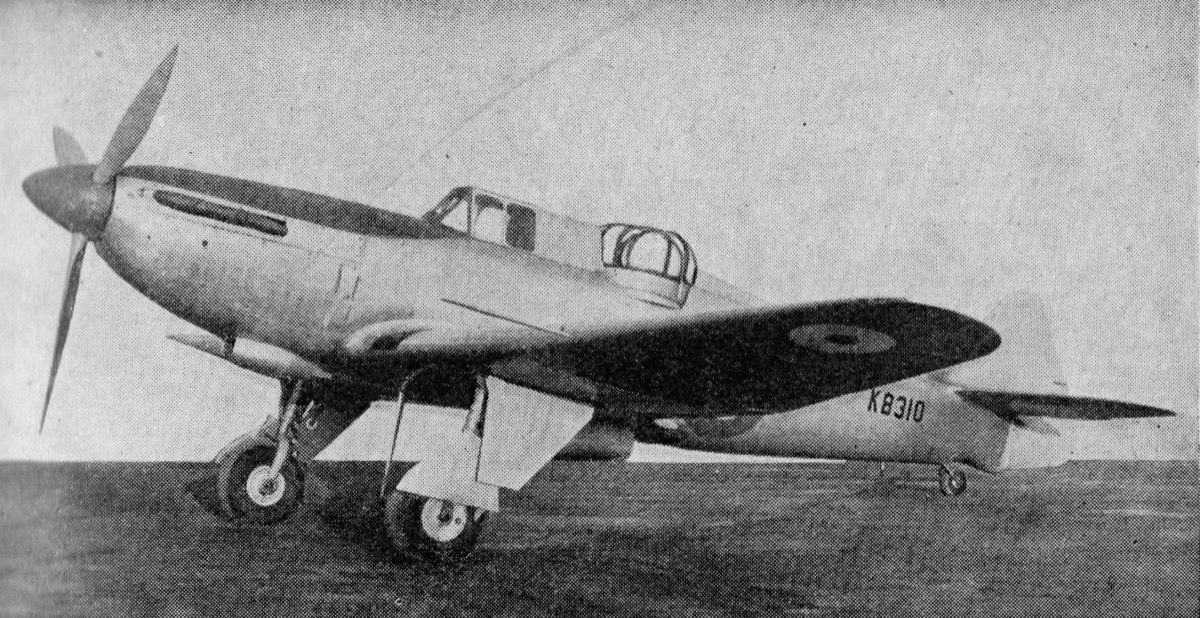
Boulton-Paul Defiant
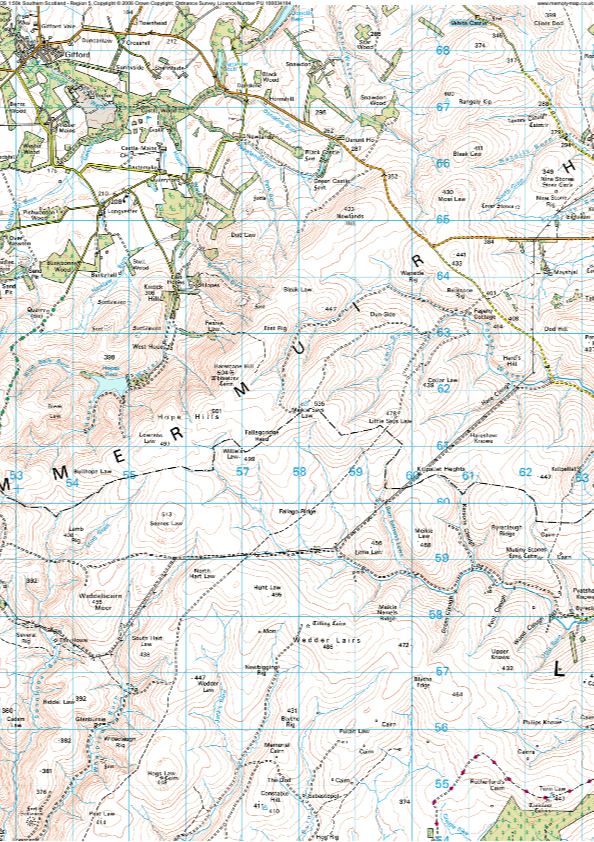
Site of La Gruta's crash and memorial.
(Courtesy of the OS and thanks to George Robertson)
Accounts of Tony's crash vary in small details but, in general, there seems little difference in essentials. Tony took off from East Fortune around 6.30am on Friday 29th August, 1941, while local visibility was considered good though early morning cloud and hill fog clung to the nearby Lammermuir Hills. These gently rolling moorland hills rise to a height of just over 533 metres (1,750 feet). According to an official account from the RAF's Air Historical Branch (5): "Flt Sgt La Gruta was the pilot of Boulton Paul Defiant T4042 of No 60 Operational Training Unit. He was carrying out a Direction Finding Homing Practice when he lost control of the aircraft whilst flying in heavy cloud and dived into the ground vertically. The cause of the accident was put down to Flt Sgt La Gruta's inexperience of instrument and cloud flying combined with inexperience of the type of aircraft." Air Ministry form 1189 records that La Gruta failed to inform the Ground Station that he was airborne nor did he make contact while flying. This may have been due to a radio failure or to forgetfulness due to the heavy workload of flying an aircraft with which he was relatively inexperienced.
The fairly remote location of the crash was on the southern slopes of Hunt Law, approximately five kilometres south south east from the Hopes Reservoir and around 10 kms north-west of the small Border town of Lauder on the southern slopes of the Lammermuirs. According to an article in Melbourne's Herald newspaper: "[The] Next day the commanding officer wrote to Mrs La Gruta [saying]: 'I decided that by far the nicest thing to do was to leave your son where he rested…the local priest came and held a funeral service on the spot upon which we erected a wooden cross.' " This decision, contrary to the usual practice of removing the bodies of Service personnel to official cemeteries, was probably dictated by the practical difficulty of locating La Gruta's body as the aircraft had driven itself some five metres (sixteen feet) deep into the ground. It also resulted in Tony La Gruta being listed for some time as having "No known grave".

One can judge the remoteness of Tony La Gruta's crash site from this photograph.
By perhaps an odd quirk of fate, Tony La Gruta's grave has become quite well known. Locals and his fellow countrymen have made strenuous efforts to mark his grave in a more permanent and suitable fashion. It was not surprising that those from No. 60 OTU only marked his final resting place with a wooden cross. There would have been little time, manpower or resources for anything else.
Naturally, Tony's family has been keen to visit the site of his crash and a number of them have done so over the years since. The first recorded visit was in September, 1949, when his sister arrived to find the site. She had some difficulty in so doing but a local former soldier, Captain Arthur R. McDougal and his wife from Blythe came to her rescue. The McDougals had lost their own son on D-Day and clearly had a strong desire to see someone else's son's sacrifice honoured in a suitable way. Mrs McDougal drove Tony's sister up to the moors and they then walked for some miles across the heather until the wooden cross was sighted. She wrote: "…I knew from the photographs it was the cross. We had to walk almost another mile and as we drew closer the cross grew clearer. It looked wonderful in the peace and freedom of the hills. You and father have known it was an ideal place for Tony to be buried, and I can now verify it. The air is bracing, the moors covered with beautiful purple heather go rolling for miles and the cross stands there quiet and firm."
However, the remoteness of the site and the cost of installing meant the Imperial War Graves Commission wasn't in the mood to erect a more permanent stone on Hunt Law and cited the fact that it wasn't in an 'official cemetery' as the reason for inaction. Action was needed as the sheep, aided by wind and weather, had rendered the dedication almost illegible. Re-enter Captain McDougal. He had the matter raised in Parliament but the answer remained a negative. Determined to have his way, Captain McDougal organised local ex-servicemen and persuaded Berwickshire County Council to fund the costs of £40. Toc H offered to erect it.
In July, 1951, a party of locals ferried an engraved headstone and building materials up to Hunt Law on a tractor's trailer and the job was done. A small dedication service was held and Captain McDougal, so instrumental in engineering the moment, gave a short address. The Herald, Melbourne, reported him saying:
"We are here today to do honour to a gallant Australian boy, Flight Sergeant La Gruta, Royal Australian Air Force, who crashed here ten years ago and who is buried here with his 'plane on this lonely and beautiful hillside, thousands of miles from home.
In doing so we remove any reproach to our good name by seeing that his grave is not unmarked.
Probably the last religious service held in these hills was 300 years ago when the Covenanters held a conventicle on the hill opposite, now called Pulpit Cairn. I think that in the future this hillside will be known as La Gruta's Grave."
Captain McDougal continued: " When those whose responsibility it should have been to place a suitable headstone on the spot, declined to do so the people became determined to pay their homage to the Australian flyer, but the transport of men and materials to the spot was not easy.
It now stands as I think his mother, to whom, and his sister, we extend our sympathy, would like it. A simple lasting memorial to a gallant young man, only 23, who fell in our defence. Now he rests on this lonely hill, high up in the Lammermuirs, with all the wide Borders in view, with its stirring history and legend of Border forays and our fight for freedom.
The cry of the whaup, the peewit, the call of the grouse and the bleat of the sheep will be his requiem. At long intervals there may be cry of hounds and the sound of the horn, a flash of scarlet and the thud of galloping hooves to break the silence of the moor and many a rider will turn in his saddle and give a kindly thought to the gallant Australian boy." [The Herald, Melbourne 1951]
NB - the Whaup is Scots for the Curlew. The Peewit is Scots for the Lapwing.
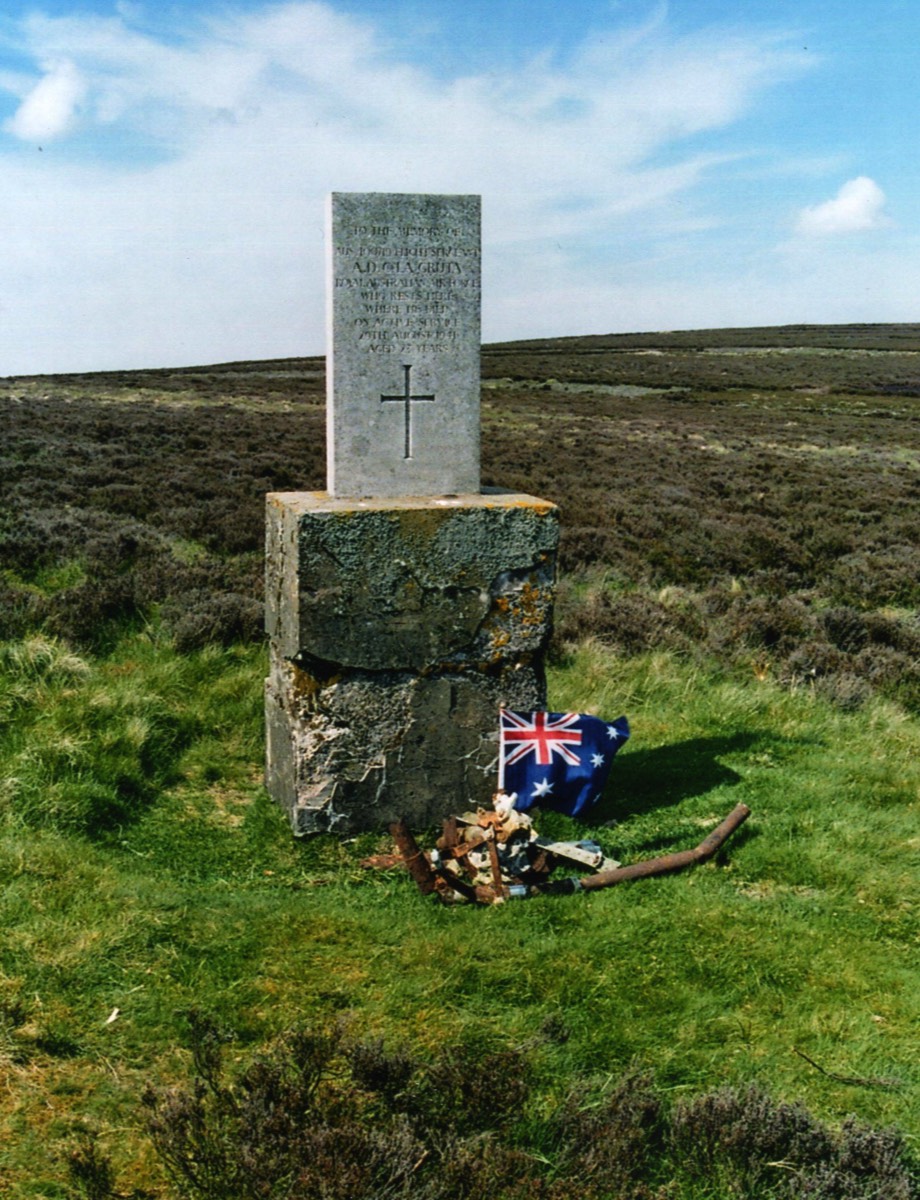
Tony La Gruta's memorial stone. This was the one originally constructed in 1951. This photograph, taken in the late 1900s or early 2000s, shows considerable subsequent deterioration.
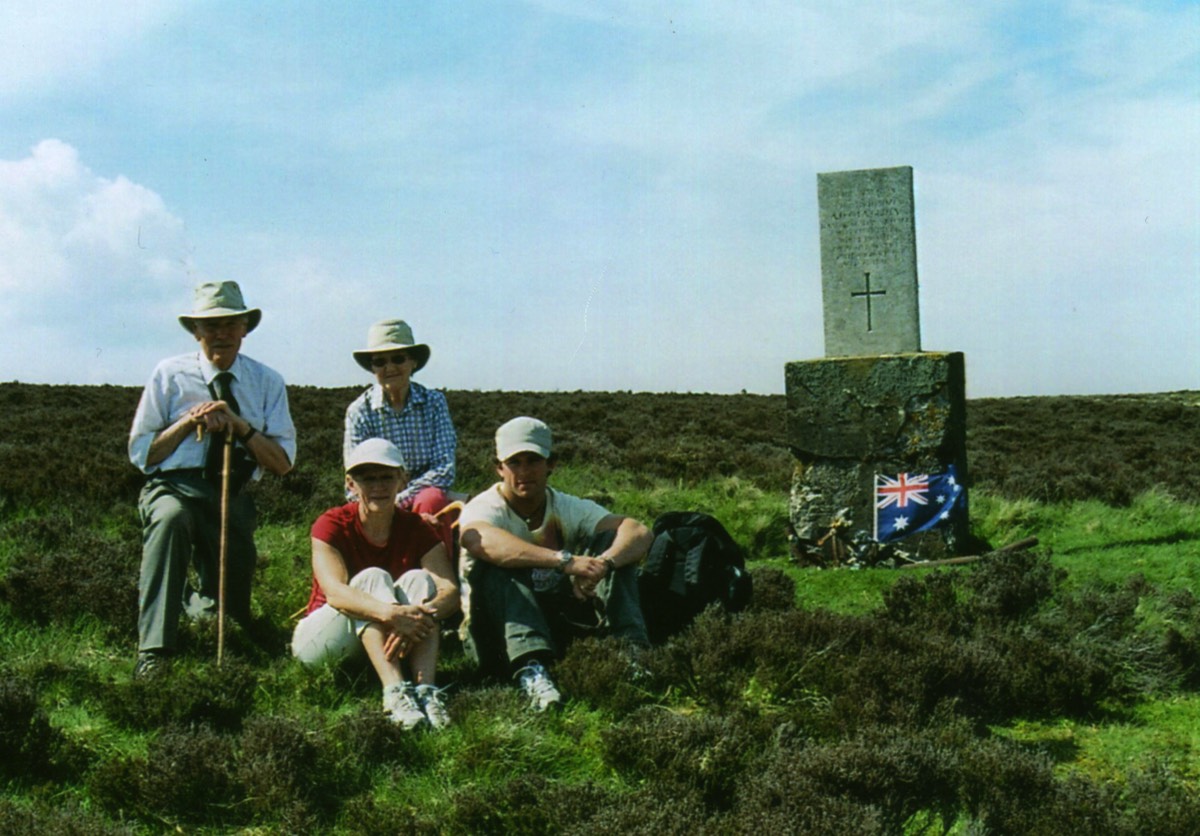
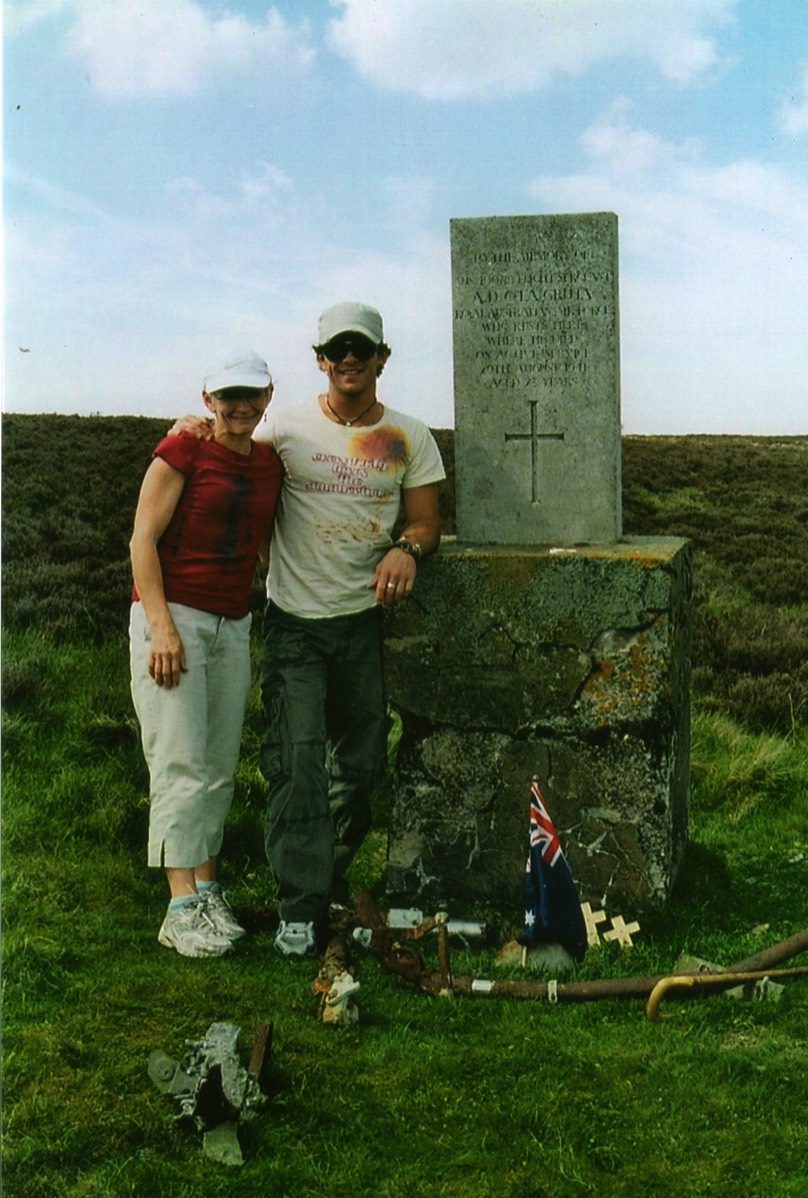
Two relatives of Tony La Gruta? Please get in touch if you are the young couple in this photograph.
In 2009 efforts have continued to ensure that Tony La Gruta's memorial survives and remains in a fitting state. Cash was raised by the Returned and Services League of Australia, Victoria Branch, and the memorial much restored and improved.
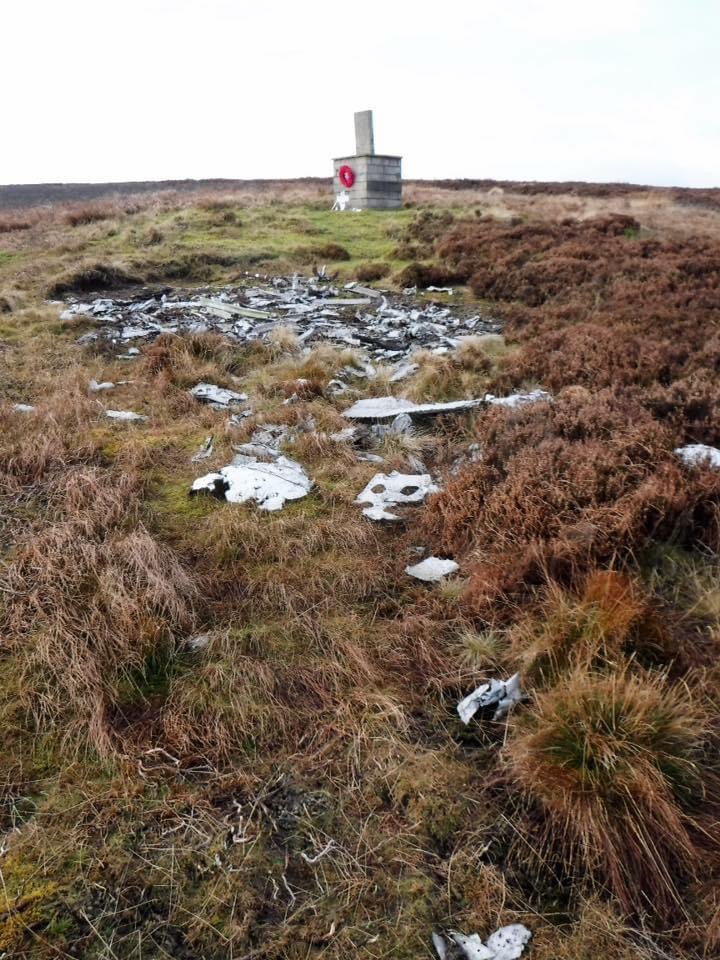
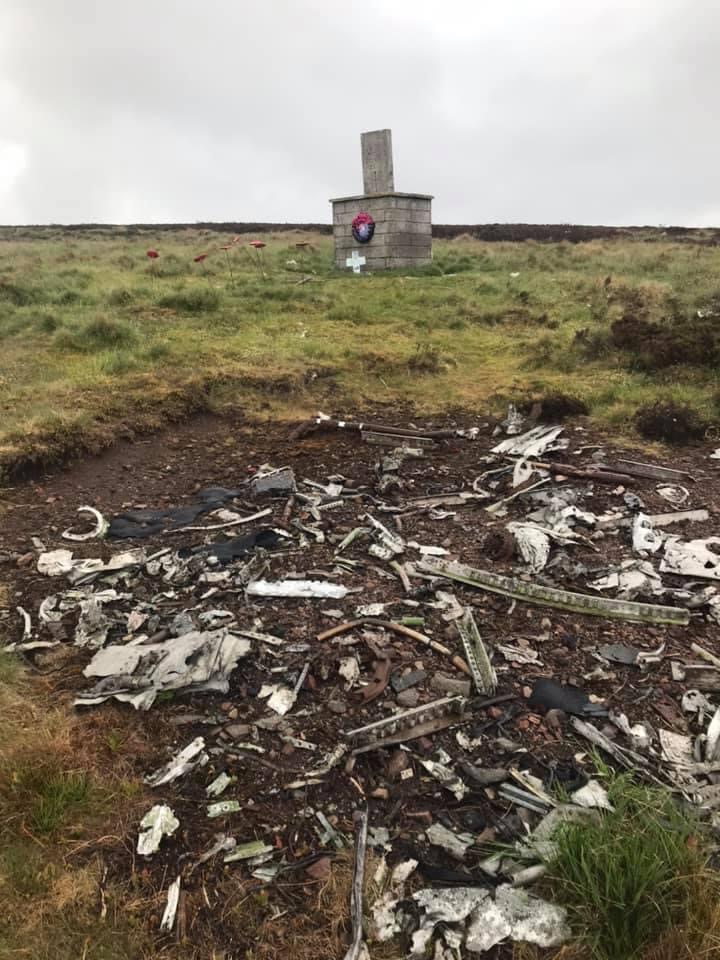
In 1991, Tony's nephew, Jeremy Meagher, visited the site on the occasion of the fiftieth anniversary of his uncle's death. He led the tribute on that occasion. He said: "May this grave be a reminder to the future generations that, not only does 'Gruta's Grave' symbolise the tragedy of war but the existence in youth of the capacity for self-sacrifice and a sense of duty. We, so far away, will be close amongst you." [Scottish Military Research Group]
Below - La Gruta's memorial and crash debris now, with the memorial restored and improved.

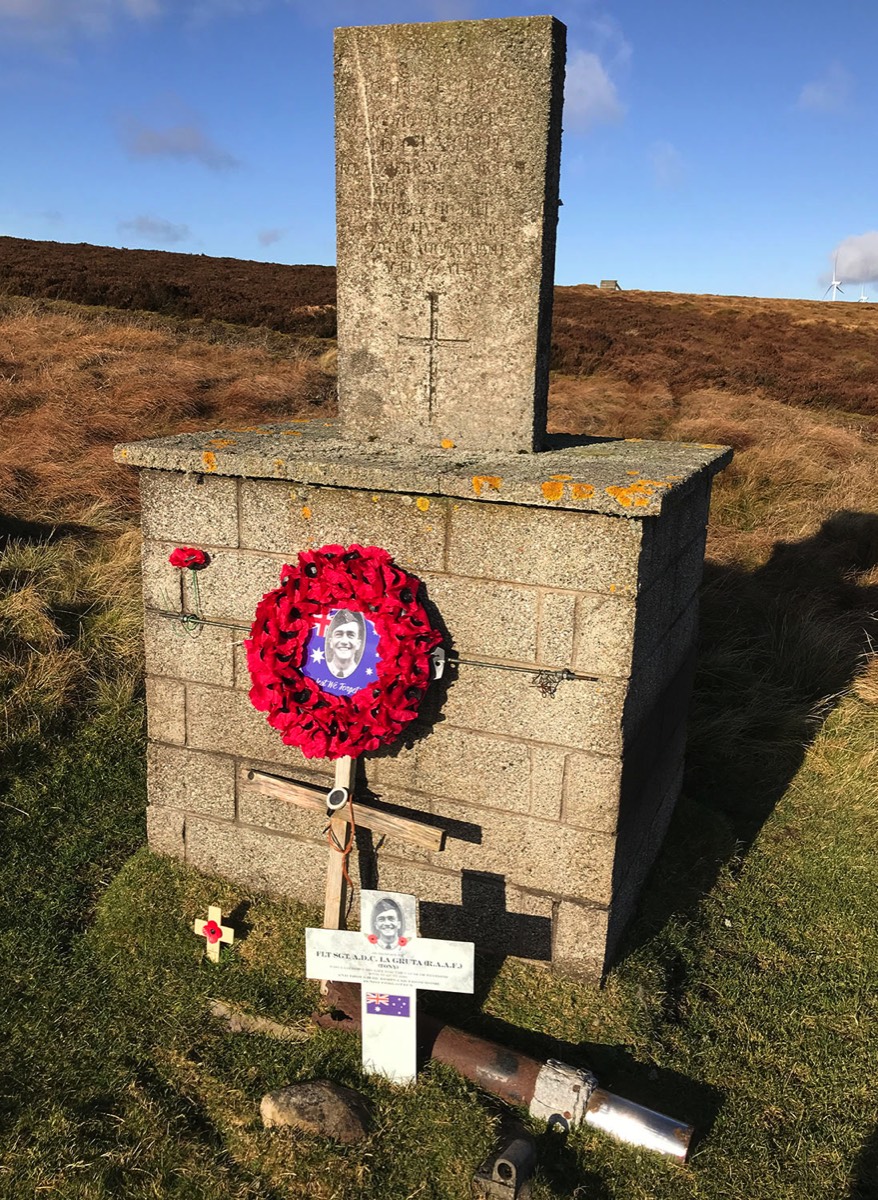
The most recent photographs of Anthony La Gruta's memorial on Hunt Law. My sincere thanks to George Robertson for these two photographs
Memorial, Hunt Law
Two old men zigzag across a moor
carrying their 1940s childhood with them.
They vanish into peat hags, re-appear.
Hunt Law's southern slope, trackless,
featureless. Then what was not there,
is there: a standing stone, singular
amongst the heather.
It becomes an inscribed stone,
exact, particular:
TO THE MEMORY OF
AUS. 400719 FLIGHT SERGEANT
A.D.C. LAGRUTA
WHO RESTS HERE
WHERE HE DIED.
Scraps of fuselage stir, grumbling
or lamenting in the wind.
The part-word UNLOP on a piece of tyre:
a reminder of the pact he made with land
As well as air.
They feel the thinness of their skin, are chilled
by more than just the present wind.
And the merest space-time barrier away,
that instant on another August day:
his terrible return to earth,
birds scrambling through heather,
Whirring to the sky.
